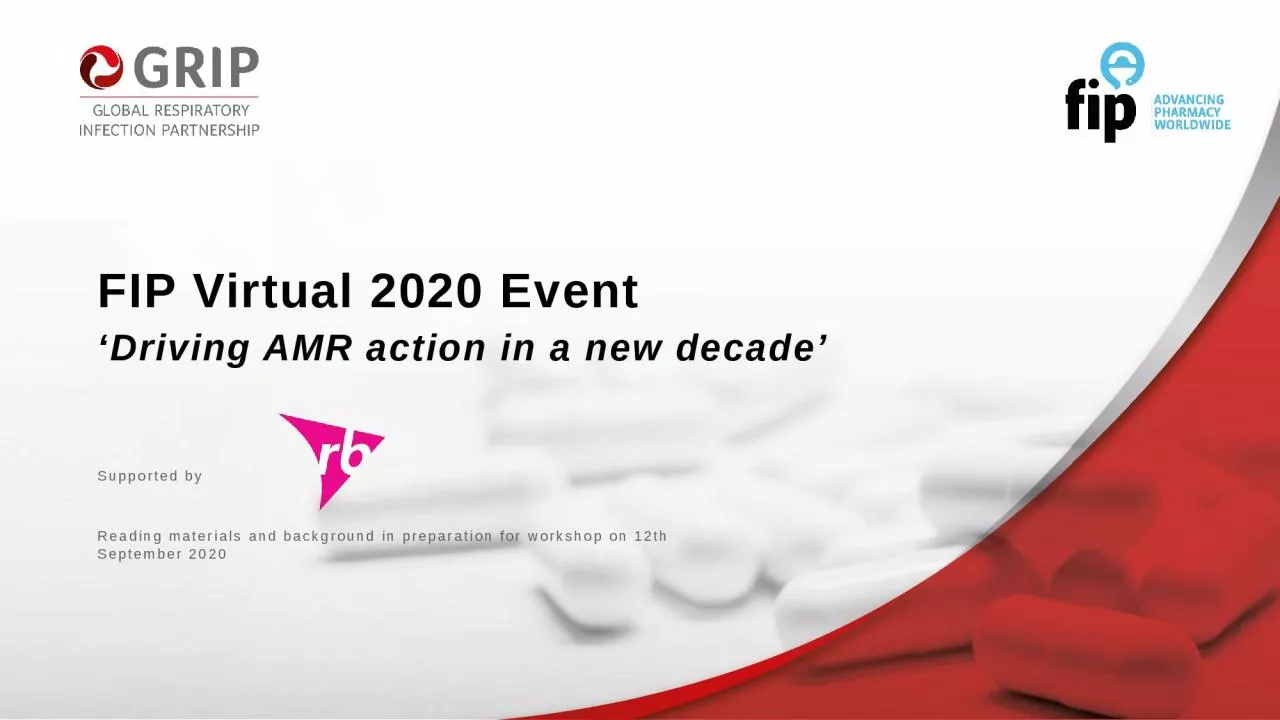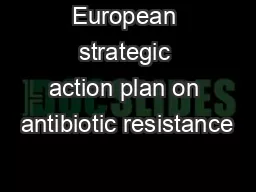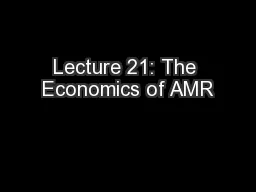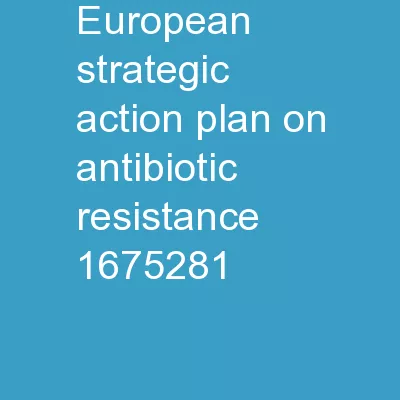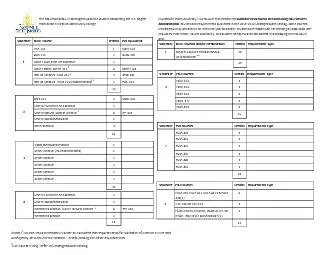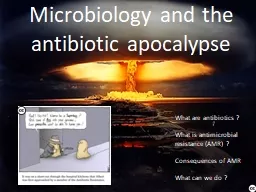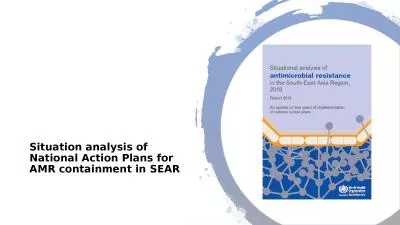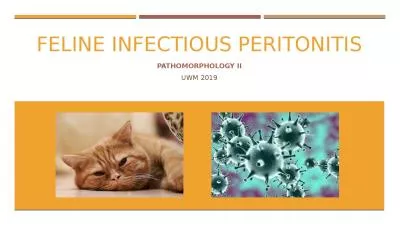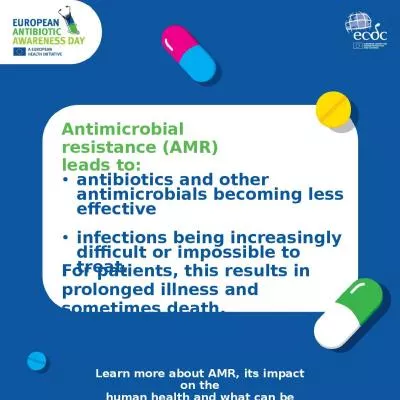PPT-FIP Virtual 2020 Event ‘Driving AMR action in a new decade’
Author : CuteKitten | Published Date : 2022-07-28
Reading materials and background in preparation for workshop on 12 th September 2020 Supported by RB Support for GRIP action on AMR 2 RB has a strong and meaningful
Presentation Embed Code
Download Presentation
Download Presentation The PPT/PDF document "FIP Virtual 2020 Event ‘Driving AMR ac..." is the property of its rightful owner. Permission is granted to download and print the materials on this website for personal, non-commercial use only, and to display it on your personal computer provided you do not modify the materials and that you retain all copyright notices contained in the materials. By downloading content from our website, you accept the terms of this agreement.
FIP Virtual 2020 Event ‘Driving AMR action in a new decade’: Transcript
Download Rules Of Document
"FIP Virtual 2020 Event ‘Driving AMR action in a new decade’"The content belongs to its owner. You may download and print it for personal use, without modification, and keep all copyright notices. By downloading, you agree to these terms.
Related Documents

